In Hans Christian Andersen’s short story ‘The Nightingale’ (1843), the emperor of China comes to realise that a dowdy but real singing bird matters much more than the artificial clockwork creature, ‘encrusted with diamonds, rubies and sapphires’, that has so enchanted his court. This fable of authenticity and illusion is saturated in orientalist assumptions about Chinese susceptibility to bling, but it also draws on a sort of European folk-memory of the trade in mechanical ‘curiosities’ which had flourished between Europe and China in the century before Andersen’s birth. Although by no means restricted to the imperial court in Beijing, imported clocks and automata of all kinds were avidly collected there, and of the 1,500 or so that remain in the collection of the Palace Museum in the Chinese capital, 23 fine examples have been loaned for this exhibition. Audiences in the UK now have a chance to see objects of wonder and beauty that have scarcely been preserved in Britain, where they were manufactured.
Zimingzhong (literally, ‘self-sounding bells’) is the principal term used for these complex and hybrid creations in court records of the high Qing, and in naming the exhibition the museum has decided that this is its preferred word. (An archaic term, it is replaced in the Chinese-language titling of the show by the much more comprehensible modern word zhongbiao, which simply means ‘clocks’.) So we get curious locutions like the description of James Cox (c. 1723–1800) as ‘British zimingzhong producer’, and labels for people of Chinese heritage living in London to express their ‘thoughts and reflections on zimingzhong today’ – with no italics used in either case.
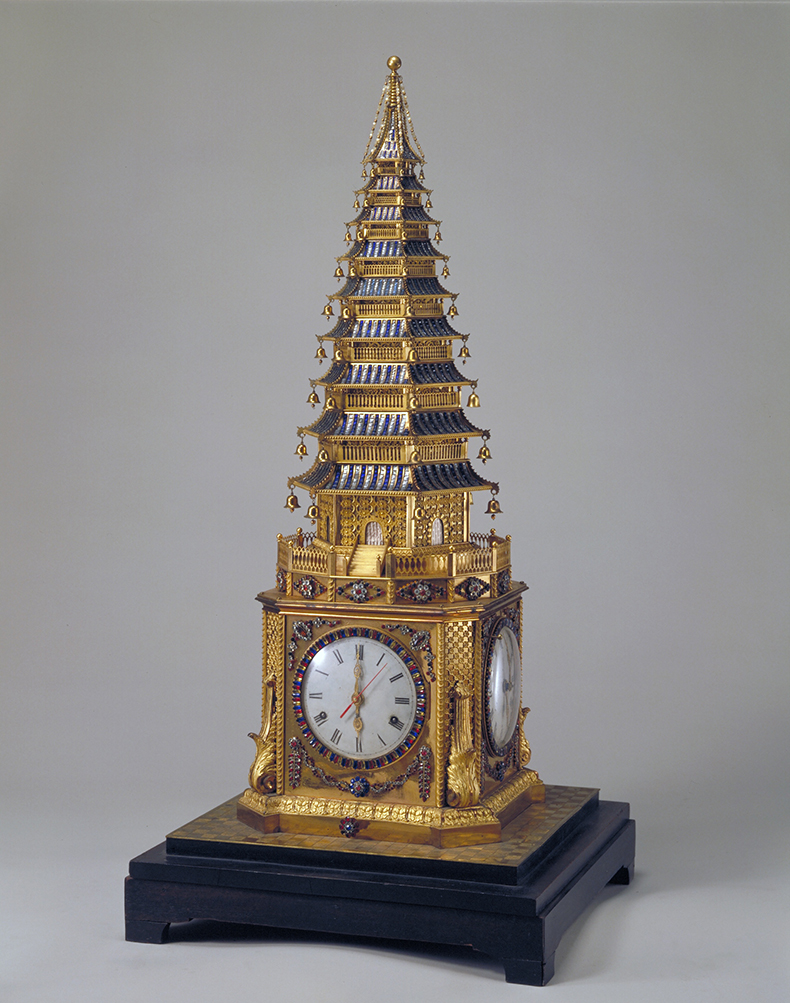
Pagoda zimingzhong (18th century). Photo: © The Palace Museum, Beijing
Perhaps the decision to eschew ‘clocks’ (in English, if not in Chinese) was done to divert attention away from the use of these objects as timepieces: despite the pervasive presence of clock dials, telling the time is not principally what they were for. Instead, they were designed to whir, to chime, to move, to tinkle, to rise and fall; mechanical birds would flutter and mechanical swans dance, though few of them with the uncanny naturalness of Cox’s famous silver swan in the Bowes Museum, Castle Barnard, or the splendour of the three-metre-high ‘Peacock clock’ now in the Hermitage Museum in St Petersburg. (Russia, like India, was a target of Cox’s entrepreneurial zeal, which was never directed solely at China.)
Sadly, though understandably, none of the examples displayed here moves, though a couple of video clips do show the visitor the delights they are missing, while wind-up models of innards elucidate what is going on within. Cox himself referred to the creations as ‘pieces of mechanism’, which draws attention perhaps to movement as their main aim, while the Qing term zimingzhong draws attention instead to sound: take, for example, the magnificent piece that can play a number of hits of the day, including the march from Handel’s opera Rinaldo (1711). In the absence of motion or sound, it is as visual objects that these splendid creations present themselves here, evidence of elite cultures in Britain and Europe connected by tenuous threads of seaborne trade – cultures that were perhaps equally confident in their belief that they understood the Other all too well, when in fact they both knew rather less than they imagined.
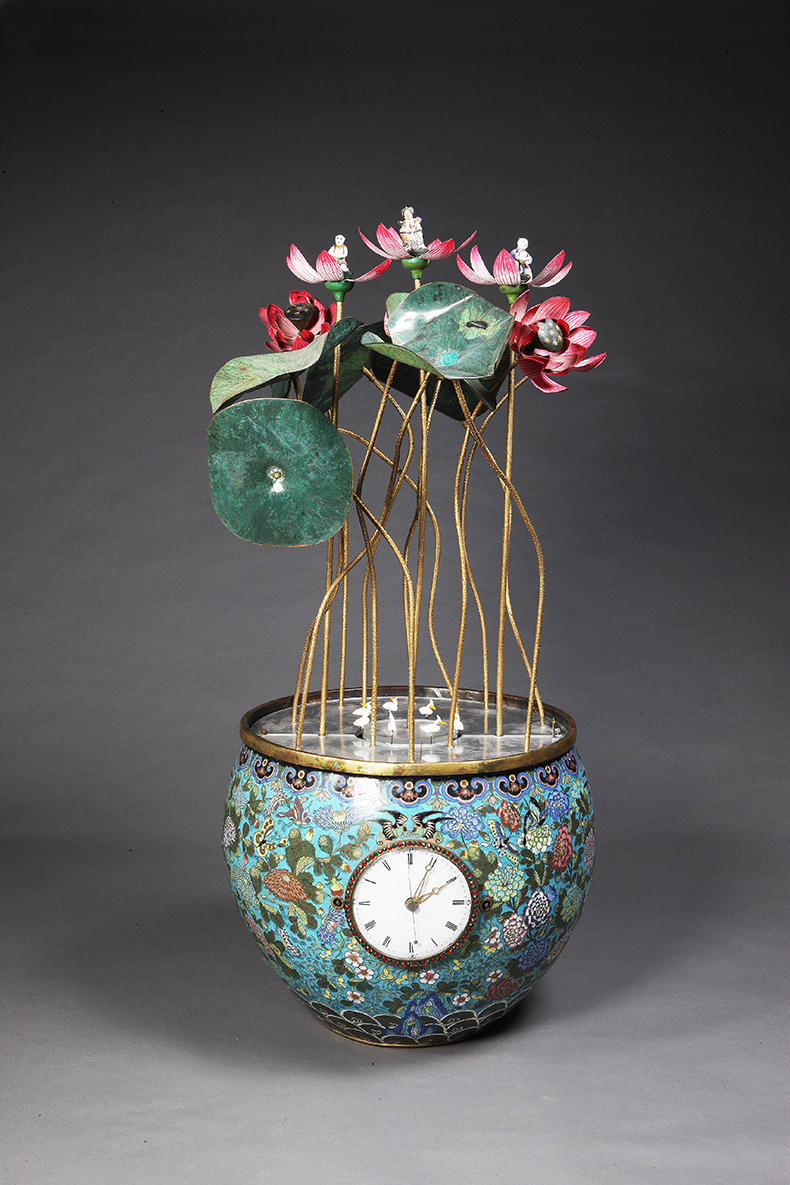
Zimingzhong with British and Chinese mechanisms (early 19th century). Photo: © The Palace Museum, Beijing
The long reign of the Qianlong emperor, from 1736 to 1795, is widely seen as a ‘flourishing age’ of prosperity and power. In this context, the objects on display in this exhibition speak to an interest in foreign styles and objects that was by no means restricted to ‘British zimingzhong’. Scholars of the Qianlong era recognise in the cosmopolitanism of the court a claim of global hegemony, expressed in a taste for imported Japanese lacquers, jades from Mughal India and tapestries from France, among other exotica. The ‘self-sounding bells’ were an important part of this culture of curiosity, characterised as xiyang or ‘western oceanic’ objects, from the furthest reaches of the globe. Their maintenance depended at court on the presence of xiyang technical personnel, in the form of the mainly Jesuit (hence not British) supervisors of the court workshops.
Some of the clocks in the exhibition were manufactured in those same Beijing workshops, or in the port city of Guangzhou, point of entry for xiyang goods of all sorts, demonstrating the ways in which Chinese artisans of the period adopted and adapted technologies and visual elements from across the ‘western ocean’. The rare opportunity to see some of these things, well-lit and visible in the round, is one anybody interested in pondering 18th-century Chinese court culture – or the intersection of British imperial and technological ascendancy – should seize.
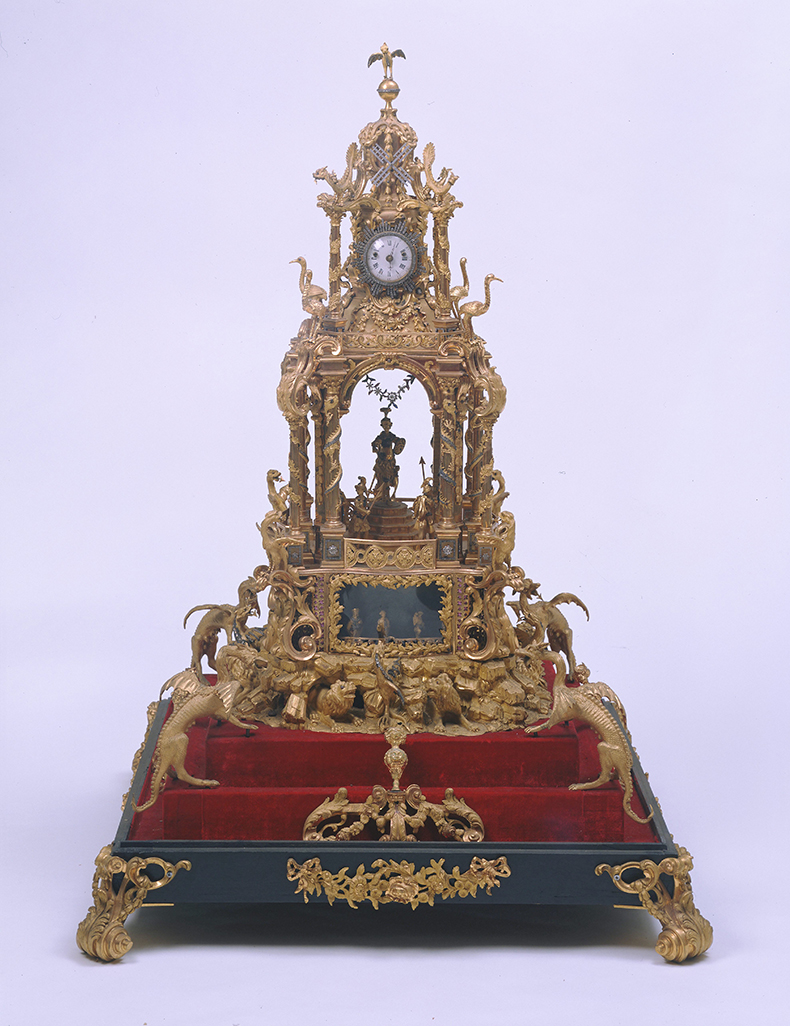
Temple zimingzhong (1760s), James Cox and James Upjohn. Photo: © The Palace Museum, Beijing
‘Zimingzhong: Clockwork Treasures from China’s Forbidden City’ is at the Science Museum in London until 2 June.
Unlimited access from just $16 every 3 months
Subscribe to get unlimited and exclusive access to the top art stories, interviews and exhibition reviews.


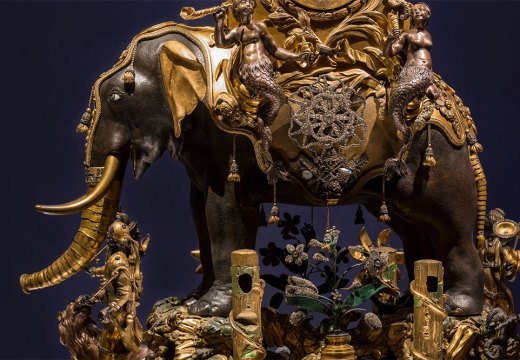
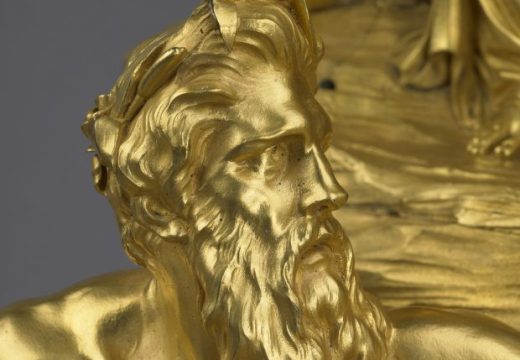
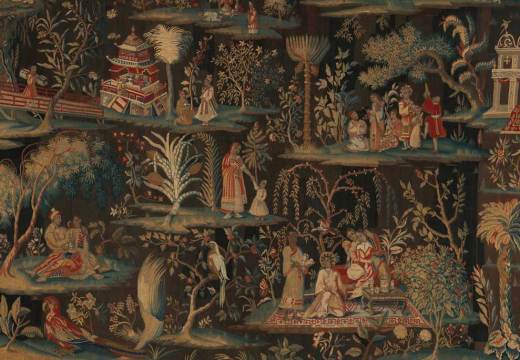









![Masterpiece [Re]discovery 2022. Photo: Ben Fisher Photography, courtesy of Masterpiece London](http://www.apollo-magazine.com/wp-content/uploads/2022/07/MPL2022_4263.jpg)
It’s time for the government of London to return to its rightful home